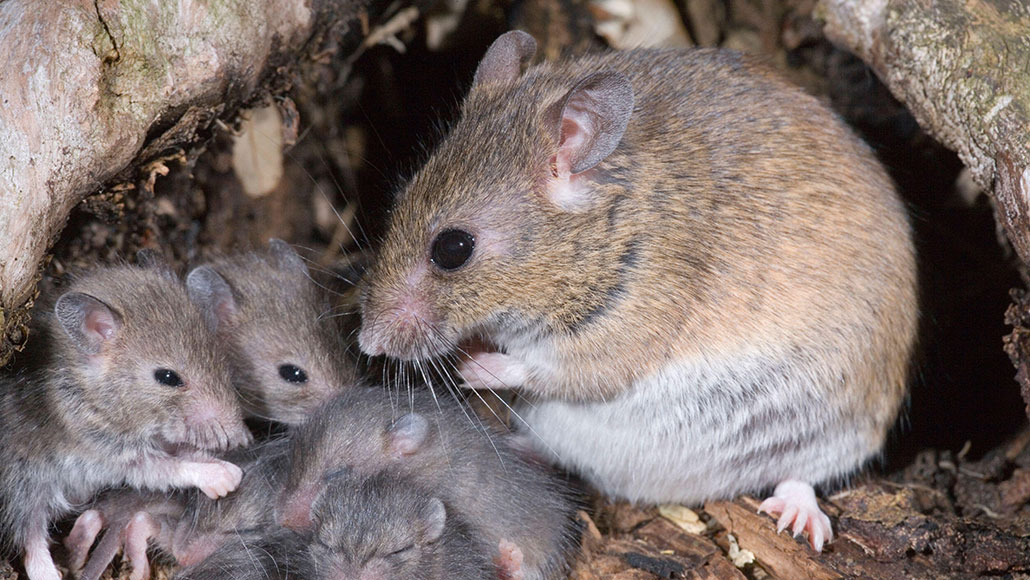50 years ago, scientists were trying to get a grip on Lassa fever
Excerpt from the March 21, 1970 issue of Science News

Multimammate rats (Mastomys natalensis), endemic to West Africa, spread Lassa fever to people.
Joe Blossom/Alamy Stock Photo
Excerpt from the March 21, 1970 issue of Science News

Multimammate rats (Mastomys natalensis), endemic to West Africa, spread Lassa fever to people.
Joe Blossom/Alamy Stock Photo